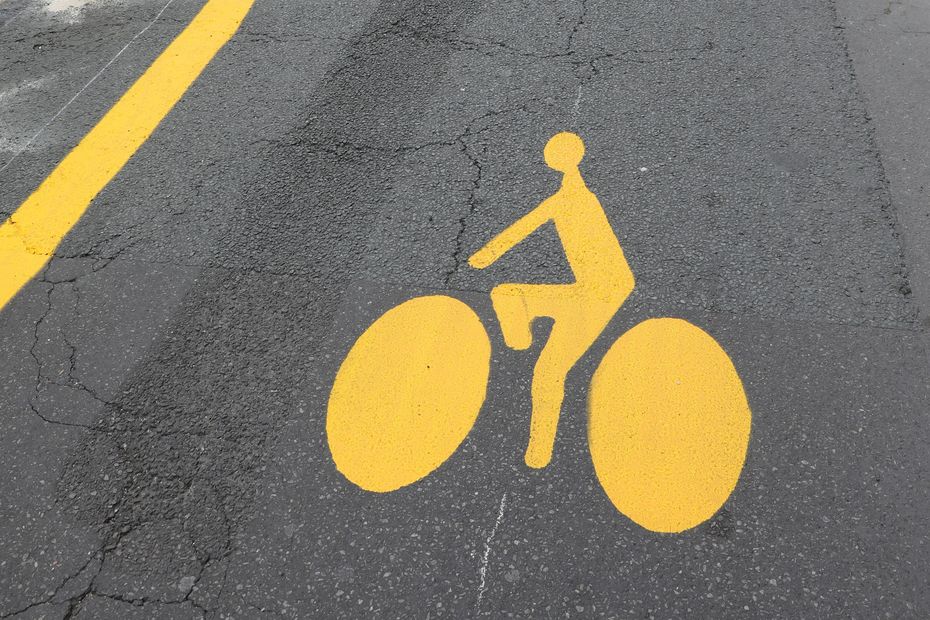A survey of cyclists points to the lack of infrastructure in the department.
Bagnolet, Bobigny, Drancy or Villemomble (which has the worst score in the study): it is not good to pedal in many communes of Seine-Saint-Denis according to the Barometer of cycling cities published on February 10. Eleven towns in the department obtain a “G” rating, i.e. very unfavorable and none above “D” (moderately favorable).
It was not mandated observers who made this classification but users who answered a detailed questionnaire. For a municipality to be classified, it was necessary for at least 50 people to respond.
“In Seine-Saint-Denis, the barometers are not surprising. But cities have made great efforts, I am thinking in particular of Montreuil, Pantin or Prés-Saint-Gervais”says Louis Belenfant, director of the Collectif Vélo Île-de-France, a structure that brings together 42 associations of cyclists in the Ile-de-France region.
However, at the departmental level, the means are displayed to make the “100% cycling territory” . The county council wishes to invest 150 million euros over the period 2019-2024 to adapt all the roads so that “anyone who wants to be able to travel by bike safely in the department”.
However, some cities are falling in the rankings. This is the case of Bagnolet, “big black spot for cyclists” in the words of Mr. Belenfant. Respondents thus point to the lack of security, comfort and efforts of the municipality.
“Seine-Saint-Denis obtains the lowest ratings for safety, which means that this is where the most needs to be done. In the comments, what we see coming back is the need to connected tracks, protected crossroads, as shown by the efforts of Montreuil. The good news is that even when you are poorly classified, it can go very quickly. Pantin and Montreuil have made a leap in 2 years and shown that the we can radically change the daily life of cyclists. A cycling policy is done much faster than a road or a metro”he continues.
For the first time in twenty years, the number of cyclists killed has exceeded 200 in France. In total, 226 cyclists died in 2021 (39 more than in 2019).
“This increase is more marked outside urban areas (+35% in 2021 compared to two years earlier) where the high speeds of motorized users make cyclists more vulnerable”notes the National Interministerial Observatory for Road Safety (ONISR).
“These are above all people who die outside of urban areas, hit by vehicles that are moving very fast, there is no question of helmets or red lights”explains Olivier Schneider, the president of the French federation of bicycle users.
The latter pleads for the development of intermunicipal links outside cities, the development of secure cycle paths in the city and the deployment of cameras on heavy goods vehicles signaling them by visual or audible alarms the presence of bicycles in blind spots.
“You have to be clever to cycle in Seine-Saint-Denis. You have to choose your days and times. Gates, bridges, canal crossings remain big black spots”, says Louis Belenfant of the Collectif Vélo Île-de-France. He thus hopes that the RER V (the regional plan which aims to create connected cycle routes throughout the region) will take shape.
A sharing of public space which will be to the detriment of motorists according to him: “In Seine-Saint-Denis, the car is everywhere, including on the sidewalks, while it is the department where households have the least. Public space needs to be rebalanced to improve the quality of life of inhabitants.”
–


